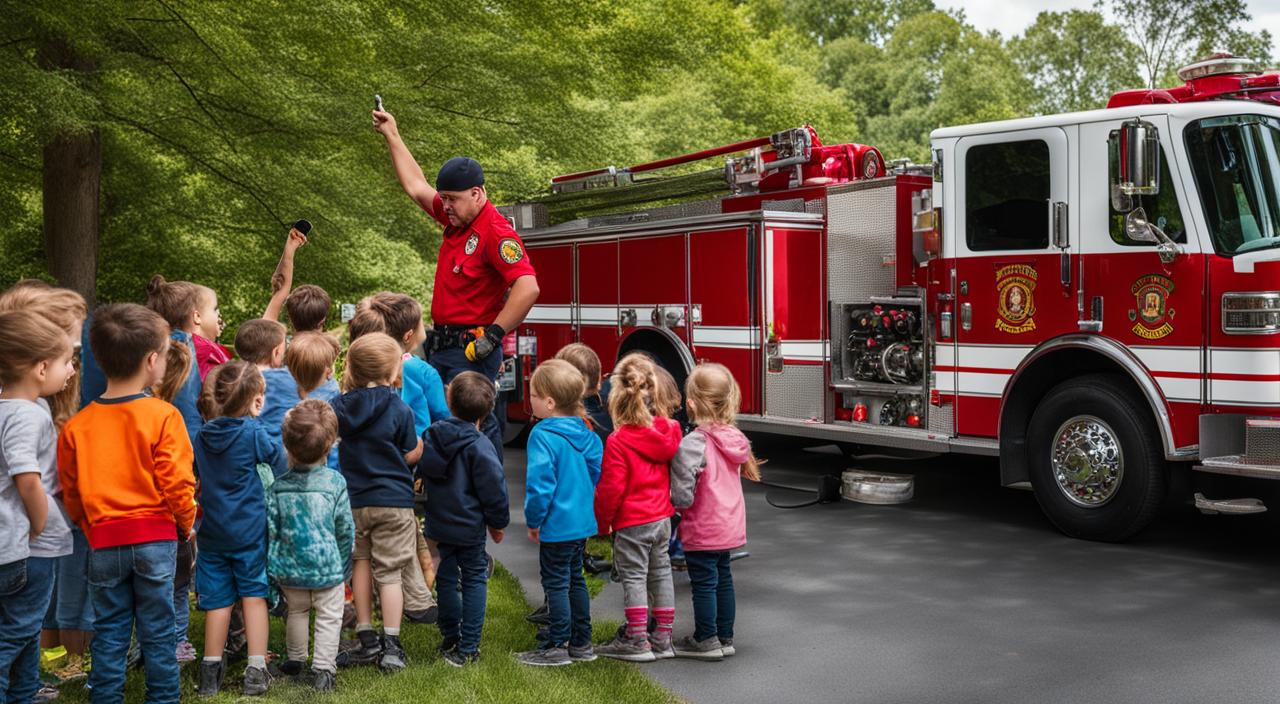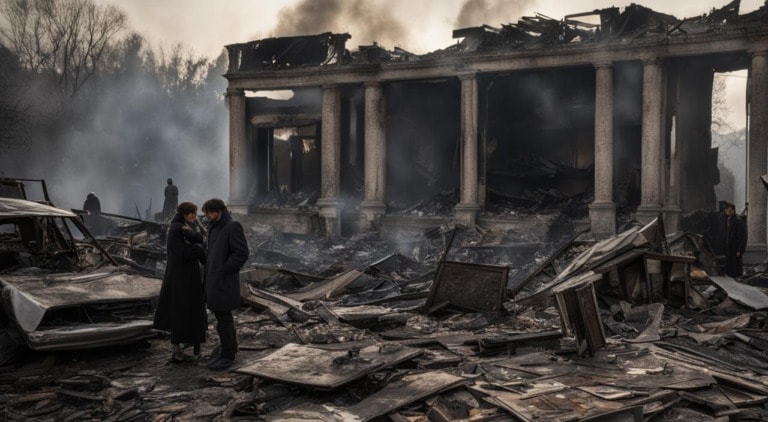
When to teach fire safety, Fire safety education for children, Teaching fire safety to kids
According to research, most small children have a natural curiosity about fire, leading to thousands of home fires each year caused by children playing with matches, lighters, or candles. The average age of a person dying in this type of fire is four years old. It is crucial to teach children about fire safety from a young age to prevent these accidents.
Fire Safety Education Tips for Parents and Caregivers
Parents and caregivers play a crucial role in teaching children about fire safety and preventing fire accidents at home. By following these tips, you can protect your children and create a safe environment:
- Store lighters and matches out of sight and reach of children. Make sure they are secured in locked cabinets or high shelves.
- Regularly check for burned matches or hidden lighters under beds and in closets. Remove any potential fire hazards from your child’s reach.
- Teach young children not to play with matches or lighters. Emphasize the importance of fire safety and explain the potential dangers.
- Older children should be taught how to use matches and lighters safely, but always under adult supervision. Never leave them unattended with a lit candle or any other fire source.
- Smokers should keep their smoking materials out of sight and reach of children. Dispose of cigarette butts in designated containers and ensure they are fully extinguished.
- Supervise children at all times to prevent fires started by unsupervised play or experimentation.
By implementing these fire safety practices, you can significantly reduce the risk of fire accidents and protect your children from harm.

Protecting Children from Fire Accidents
In addition to the tips mentioned above, there are other measures you can take to ensure the safety of your children:
- Install and maintain smoke detectors on every level of your home and inside sleeping areas. Regularly test the alarms to ensure they are functioning properly.
- Create a fire escape plan with your family. Identify multiple escape routes and designate a meeting place outside the house.
- Teach your children the sound of the smoke detector and how to respond to it. Practice fire drills regularly to familiarize them with the evacuation process.
- Encourage your children to crawl low on the floor in case of a fire to avoid smoke inhalation.
- Teach them the “Stop, Drop, and Roll” technique in case their clothes catch fire.
By educating and preparing your children for fire emergencies, you can empower them with the knowledge and skills needed to stay safe.
Fire Safety Tips for Children and Teens
Teaching children about fire safety is crucial in ensuring their well-being and the safety of your home. By educating children and teens about fire dangers, you empower them to make informed decisions and take appropriate actions in case of a fire emergency.
Here are some essential fire safety tips to teach children and teens:
- Teach children about the nature of fire and its risks. Help them understand that fire is dangerous and can spread quickly, causing harm to people and property.
- Show children how to crawl low on the floor if there is smoke in the air. Smoke rises, and staying low helps minimize exposure to toxic fumes.
- Instruct children on the “Stop, Drop, and Roll” technique. Teach them that if their clothes catch fire, they should stop immediately, drop to the ground, cover their face, and roll to extinguish the flames.
- Ensure children recognize the sound of a smoke detector. Teach them that if they hear the alarm, they should immediately evacuate the house and go to the designated meeting place outside.
Fire Escape Plans for Families
Having a fire escape plan is crucial for every family. Make sure to involve children and teens in developing and practicing the plan. Here are some key steps to include:
- Identify two ways to exit each room in your home. This could include doors, windows, or alternative escape routes.
- Establish a designated meeting place outside, such as a neighbor’s house or a specific spot in the front yard.
- Practice the fire escape plan regularly. Conduct fire drills with your children and ensure they understand the importance of evacuating safely and quickly.
By teaching children about fire dangers and practicing fire escape plans, you equip them with the knowledge and skills to protect themselves and others in case of a fire emergency.
Fire Prevention for Pre-Teens
As children enter their pre-teen years, it is crucial to continue educating them about fire safety to prevent accidents. Pre-teens can still be at risk of fire-related incidents, whether they are intentional or accidental. By implementing proper fire safety measures, we can ensure their well-being.
One of the first steps is to install working smoke alarms on every level of the home, including every sleeping area. Smoke alarms serve as an early warning system, alerting occupants in case of a fire. Regularly testing and replacing batteries in smoke alarms are also essential to maintain their effectiveness.
Additionally, it is important to keep candles away from anything that can easily catch fire. Pre-teens should be educated on the potential dangers of candles and the importance of never leaving them unattended.
Teaching them responsible candle usage and the importance of extinguishing candles properly can significantly reduce the risk of fire accidents.
Another key fire safety measure for pre-teens is ensuring safe cooking practices. Cooking should always be done with caution and close supervision, especially when using stovetops or ovens. Pre-teens should be aware of the potential hazards associated with cooking and be taught how to handle kitchen appliances safely.
In case of an emergency, pre-teens should know how to respond to the sound of a smoke alarm and practice a home fire escape plan.
Having multiple exit routes and designated meeting places outside the house is crucial for a quick and orderly evacuation. It is also advisable to keep a fire extinguisher in the kitchen, providing an additional means to control small fires before they escalate.
By implementing these fire safety measures, we can prevent fire accidents with pre-teens and ensure their safety. Continuing to educate and reinforce good fire prevention habits will help keep our older children protected from fire hazards.






